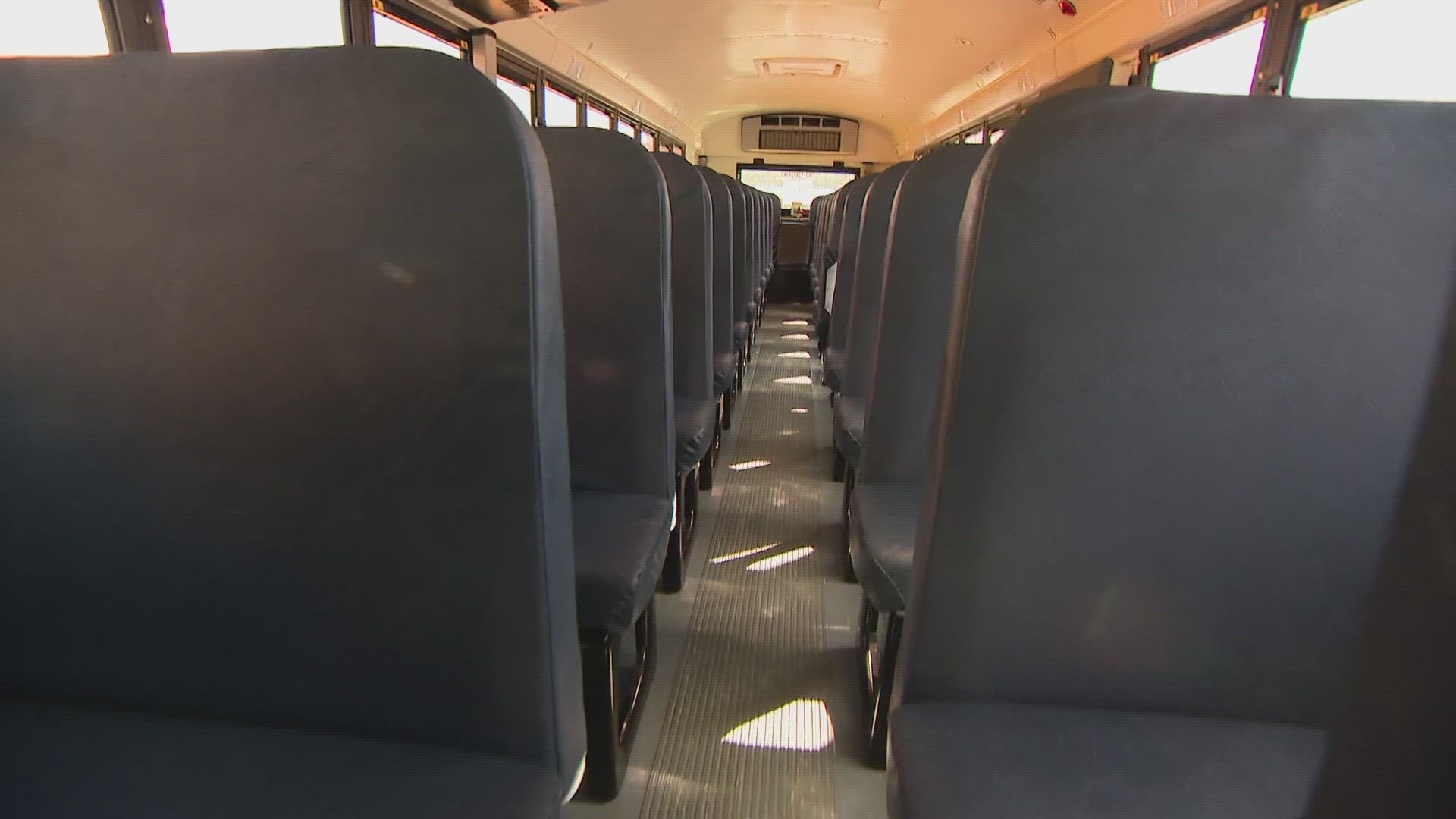School children late, miss class due to school bus driver shortage
Half of the districts that responded to 13 Investigates reported they were dealing with a school bus driver shortage this fall.
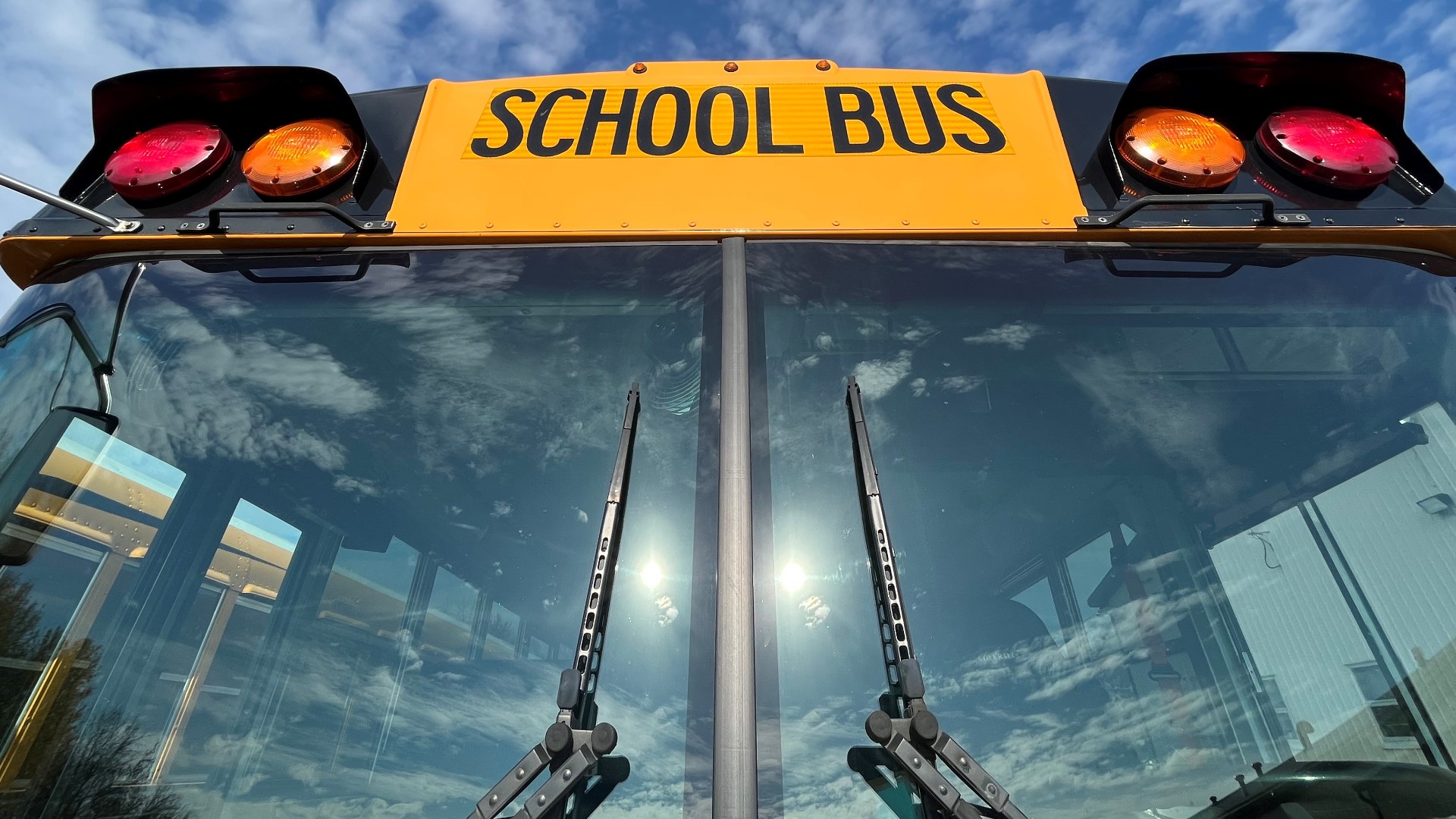
Each morning, hundreds of thousands of Indiana children make their way to the school bus stop. Many are now bundled up in coats until a warm bus comes to take them to school. However, some families learn early in the morning that the bus is not coming. Families in some districts are now getting that message more frequently than in past school years because of a lack of school bus drivers.
Cancellation scramble
Nikki Seifert said she received several notices at the beginning of the school year that her son’s bus route was canceled.
“They had two drivers that were out on medical at the same time,” Seifert said. “So, there was two weeks in a row that my son's bus did not go. It did not run on Thursday or Friday of either week.”
Seifert said her son, Aidan, missed a day of school. The Danville mom told 13 Investigates she was able to come up with a contingency plan, thanks to the help of a babysitter and an understanding boss. Without that support, her second-grader would have missed multiple days of class.
“He would have missed four days of school right off the bat,” Seifert said. “That's excessive.”

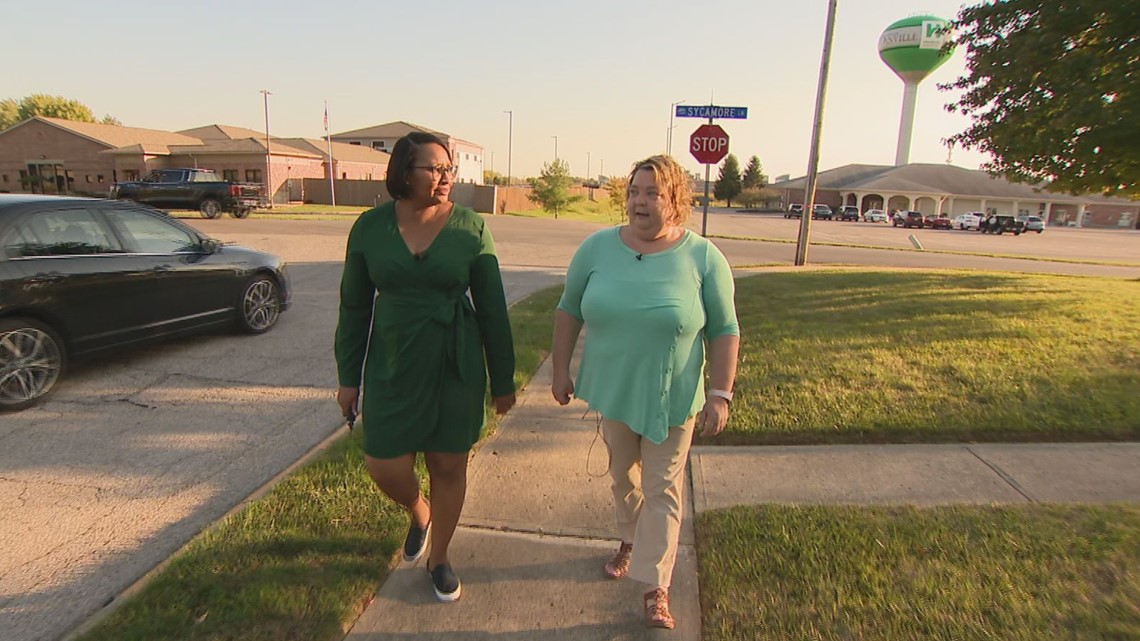
Her district, Danville Community School Corporation, excuses absences due to a bus route cancellation. Many other districts tell 13 Investigates they do the same. Seifert is thankful kids’ attendance is not docked, but she’s frustrated they may miss important class instruction if a family cannot make other arrangements.
“The school just kind of nonchalantly, ‘Oh, yeah. We understand. It's excused.’ Well, that's not acceptable. You know, especially if it's a habitual problem," Seifert said.
On Nov. 28, she received a notice telling parents at her elementary school the car line may be longer due to “multiple busses not running.”


Driver shortage impacts local districts
The situation in Danville is not unique. There’s currently a national school bus driver shortage. 13 Investigates sent a survey to 44 central Indiana school districts to get a better understanding of how the shortage impacts local kids. Thirty-nine districts answered all or some of our questions.
Combined, those districts transport about 184,500 children, which is about 66% of their student population.
Nearly half of the districts that responded reported they were dealing with a school bus driver shortage this fall. Those 18 districts say the lack of resources can make it a struggle to get kids to school and various activities each day. Three districts reported the shortage was “not really” impacting them or not impacting them “at this time.”
Avon Schools Superintendent Scott Wyndham said this school year has been the worst yet for his district.
"With staffing challenges and COVID, we never had to cancel a route,” Wyndham said. “This year, we have had to (cancel). And we've had to delay routes multiple times over the course of the school year.”
Avon employs more than 100 drivers and buses up to 9,000 kids. Wyndham said canceling a route is a last resort.
Shortage impacts learning
A 2023 report from HopSkipDrive, a school transportation company, shows the school bus driver shortage is impacting learning. It surveyed 220 school officials nationwide. The research showed 74% of districts believe there's a correlation between access to rides and kids missing class.
The company would not name the districts it surveyed. However, Noblesville, Decatur Township and Carmel Clay schools tell 13 Investigates they participated.
To prevent having to cancel a bus route, most districts — including Avon, Plainfield, Perry Township and South Putnam — say they will double up the route, meaning they will have a driver drop off one group of kids and then go back and pick up another round of children.

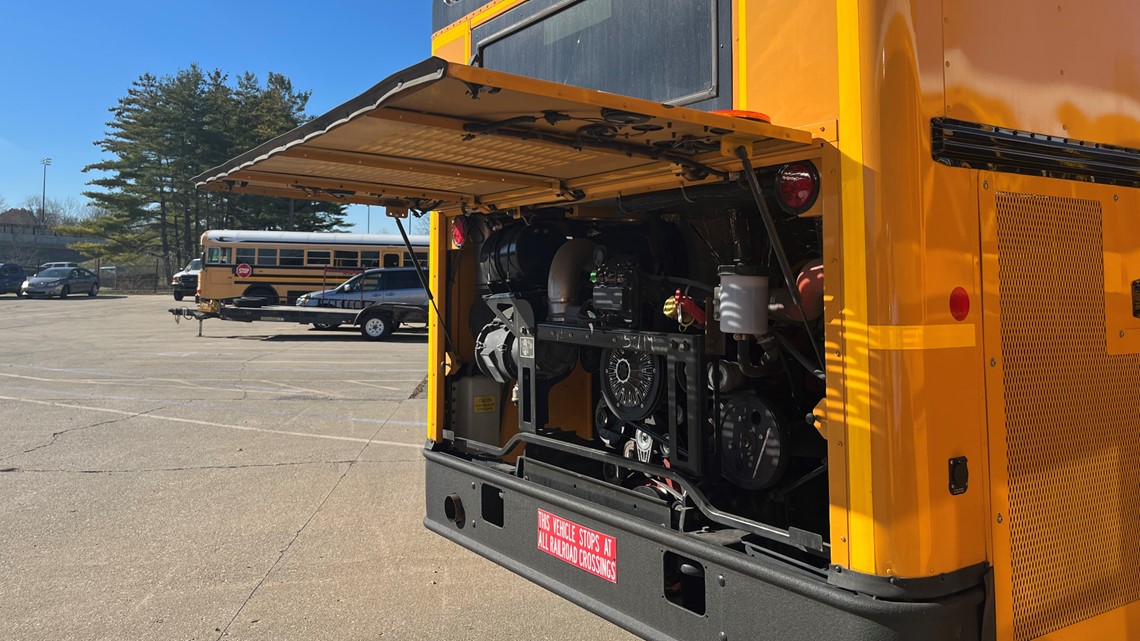
In some cases, that can lead to a child either being late for school or having to remain at school late while they wait for a bus.
Seifert said she prefers that option to a cancellation.
"I would much rather my child miss an hour of school than an entire day,” Seifert said.
Searching for drivers
Weeks after school started this fall, five districts reported needing more than a dozen drivers: Carmel Clay, Lawrence Township, Perry Township, Washington Township and Wayne Township. Carmel Clay and Lawrence Township reported they had more than 25 openings.
Now, Lawrence Township reports still needing 21 drivers, Perry Township needs 15 and Washington Township could use 10 drivers.
Perry Township leaders say, at this moment, they need substitute bus drivers — all regular bus routes are currently covered. Avon says it needs seven substitutes.
The substitute positions are an important role because those drivers make sure routes don’t have to be canceled if a driver is sick or needs a personal day.
Nick Whitlow is a permanent substitute driver in Avon. He does not have his own route but said he’s still on the road most days.
“I'm driving daily,” Whitlow said. “There's always a vacancy.”


Whitlow works full-time; however, some substitute jobs are part-time. Even districts that reported they were not dealing with a shortage said they are always looking for substitute drivers.
“We're heading into that time where cold and flu is going to hit us, and we want to be prepared for that,” Wyndham said.
Obstacles to hiring
The 13 Investigates team asked districts about the obstacles they face hiring drivers and what could help get more drivers on the road.
Many districts say more money is needed — specifically to increase pay. Avon and Perry Township recently increased wages to more than $23 an hour. A job posting in Danville is offering $25 an hour. First Student handles bussing for Indianapolis Public Schools and starts drivers at $28.50 an hour.
These are decent-paying jobs, but districts know private companies sometimes pay more.
Another challenge is that similar driving jobs are usually a straight shift. School bus drivers work a split shift — meaning they come in early in the day, then leave work for several hours before coming back in the afternoon.
Patrick Murphy, the transportation director at Perry Schools, said his drivers usually show up in the morning, but he does have an issue with drivers calling out ahead of the afternoon run.
“That's what our predominant problem has been,” Murphy said.

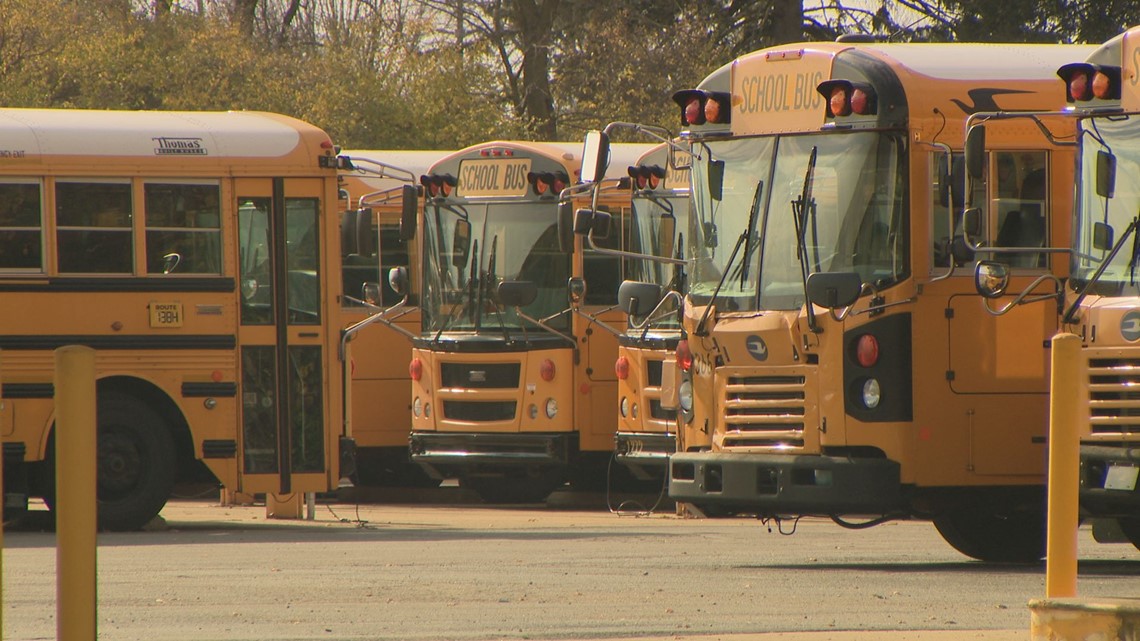
In that case, kids may have to remain at school for another 30 or 45 minutes.
One of the biggest obstacles appears to be the time it takes to train a new driver — at least six weeks.
“Six weeks is a good ... is kind of the bare minimum,” Murphy said. “(If) somebody needs a little longer, we're going to leave them in training. Just so we can feel confident, so they can feel confident driving the students around.”
Perry said it pays about $16 an hour during that training. Avon said it also pays during that time to incentivize the job, but not every district can do that.
Greenfield-Central wrote the training process is “very lengthy and it forces many to go without a paycheck while getting through it. We try to employ them elsewhere in the district to generate some income for them.”
However, that takes money. Districts try to entice people in other ways — by playing up the fact school bus drivers help the next generation, advertising online and installing hiring displays. Some districts also offer sign-on bonuses and benefits, including pensions.
Still, districts know they likely won’t win the money game. A recent private company listing was offering thousands of dollars in signing bonuses for new drivers.
School budgets stretched
School budgets are already stretched, in part, because of state laws impacting those budgets.
Just last year, lawmakers enacted a new law that limits how much money districts can ask for in a referendum.
“So as a homeowner, love it if we can keep my property taxes lower,” Wyndham said. “But we have to realize there's a tradeoff in that.”
Which means fewer funds to help school districts.
That is why many districts focus on educating the public about the need for drivers and what the job entails. They say many people are discouraged from applying because they’re afraid of the bus size or the behavior of children.


To help ease those concerns, some districts hold events to let people drive a bus in a parking lot and meet drivers like Whitlow – who can provide a firsthand account of what a day at work is like.
“They have maybe a vision in their head of complete chaos on the bus and complete chaos on the road,” Whitlow said. “That's not an accurate picture of the job itself."
Whitlow is in his fourth year on the job. High schoolers are his favorite riders, and Whitlow reports most kids listen once you explain you’re trying to keep them safe.
Overall, he sees bus driving as a career — one he hopes to be doing for another 60 years.
Whitlow told 13 Investigates he likes the job’s flexibility and having holidays and breaks off. He also said helping kids get an education is fulfilling. Ultimately, he encourages more Hoosiers to give it a try.


